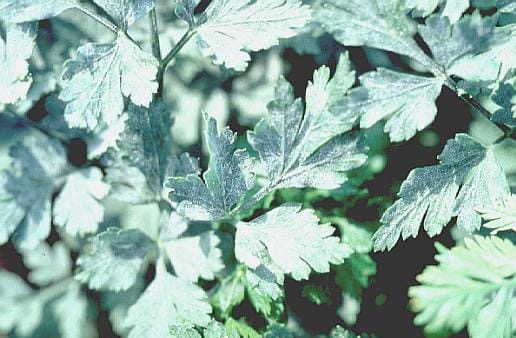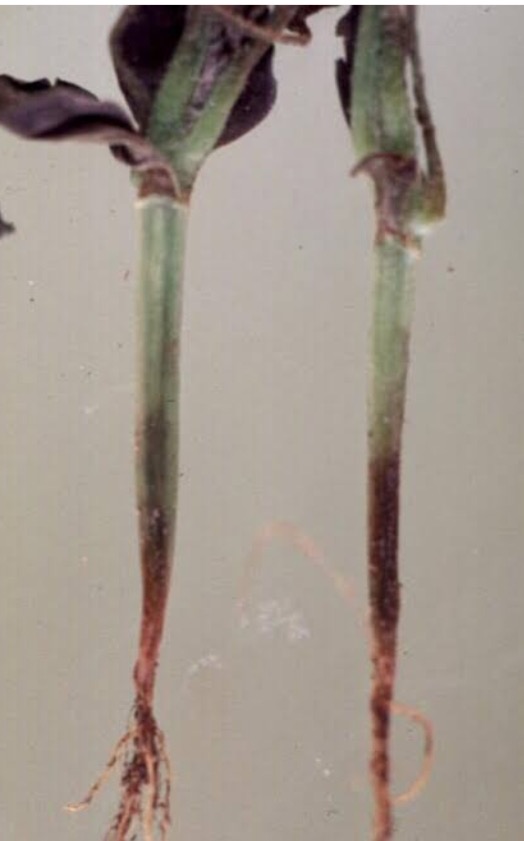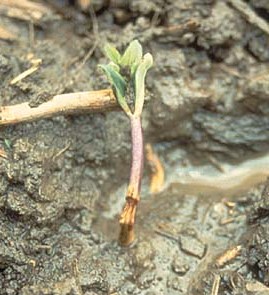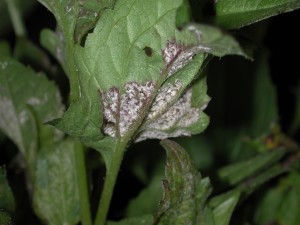Parsnip Plant
Parsnip, a biennial, grows best in full sun with moist, well-drained, fertile soil. It tolerates frost and has slow growth, producing flavourful roots.
Habit
Biennial
Height
60-90 cm
Growth
Slow
Soil
Well Drained, fertile
Shade
Full Sun
Moisture
Moist
Edible
Yes
Medicinal
No
Origin
Europe, Asia
Climatic Condition
Temperate
Temperature (°)
15-20°C
Humidity (%)
60-70%
Potting media
Loamy, peat
Fertilizers
05:10:10
Watering
Regular, moderate
Plant Weight
1-2 kg
Flowering Time
Summer, Fall
Soil Ph level
6.0 - 7.5
Water Ph level
6.0 - 7.0
Soil EC
1-2 dS/m
Yield Per Plant
Roots (edible)
NPK ratio
05:10:10
life Span
Biennial
Health Benefits
High in fiber, improves digestion, rich in minerals
Suggested Grow Media or Potting Mix ?
50% loamy soil, 30% compost, 20% sand
Suggested Fertigation/Fertilizers
Fertilize every 6 weeks with a balanced, slow-release fertilizer.
Common Diseases and Remedies
downy mildew , damping off
soft , rotting seeds which fail to germinate, yellow spots on upper surface of leaves.
Planting in raised buds will help with soil drainage.
HEALTH BENEFITS
· High in fiber, supporting digestion and gut health.
· Rich in vitamin C, boosting immunity.
· Contains antioxidants that help reduce inflammation.
· Supports heart health by lowering cholesterol levels.
What Is A Parsnip Plant?
Parsnip (Pastinaca sativa) is a biennial herb native to Europe and western Asia. It belongs to the parsley family (Umbelliferae) and is closely related to carrots and parsley. Parsnip has large pinnate leaves, yellow flowers, and a long, tapered edible root. The root has a cream-colored skin and pulp with a unique flavor. Parsnips are usually sold without leaves.
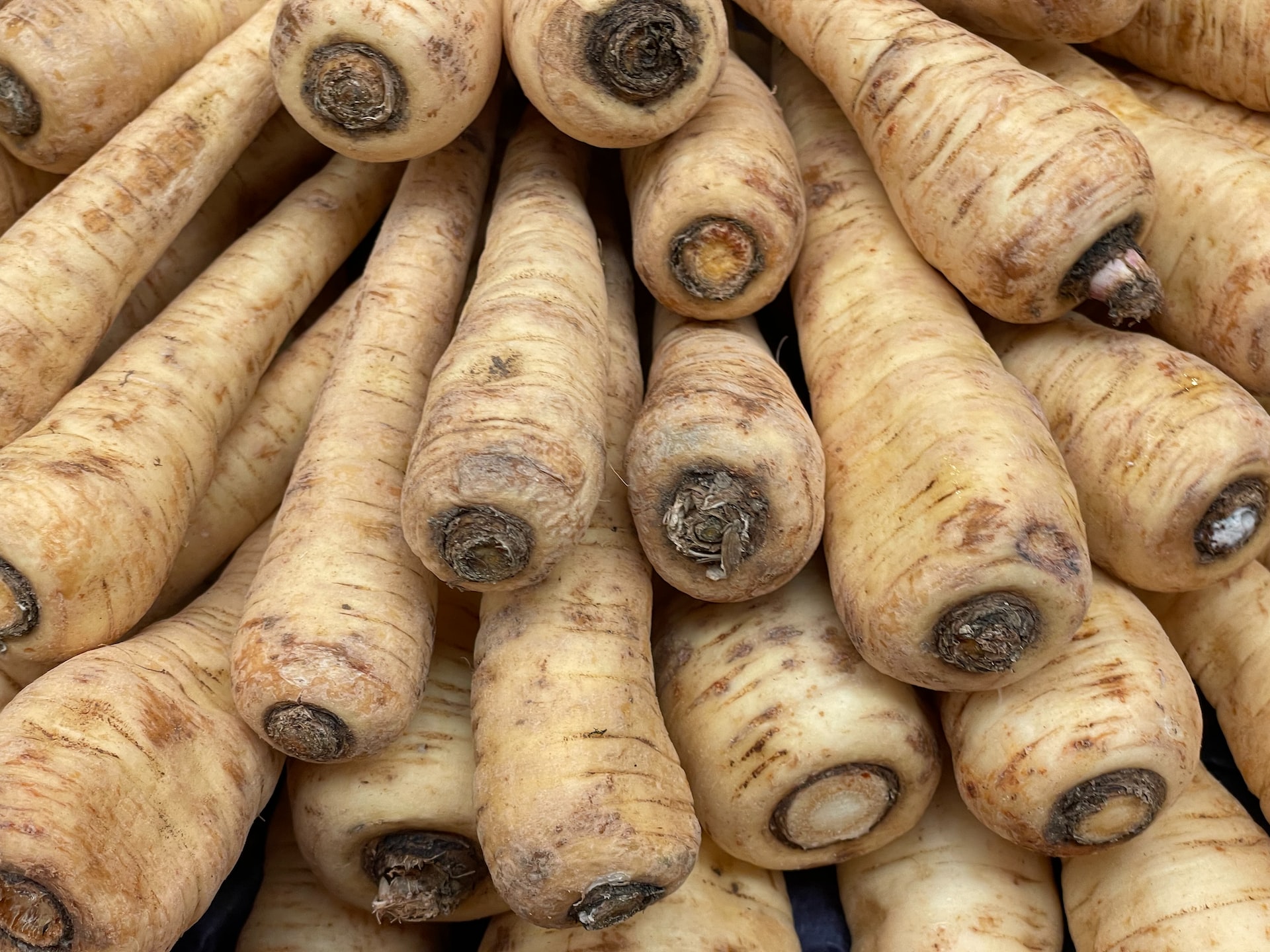
What types of parsnip plants are there?
1.Tuberous parsnips:-
These round, stocky parsnips are often used in food processing.
2.Wedge Parsnip:-
Similar in shape to a lump parsnip, but longer and carrot-like.
3.Bayonet Parsnip:-
Tends to grow long and thin.
4.Hollow crown parsnip:-
Leaves grow from the hollow at the top of the root.
5.Parsnip Soft and Authentic:-
A traditional parsnip variety that produces long white roots that grow upright in deep, stone-free soil.
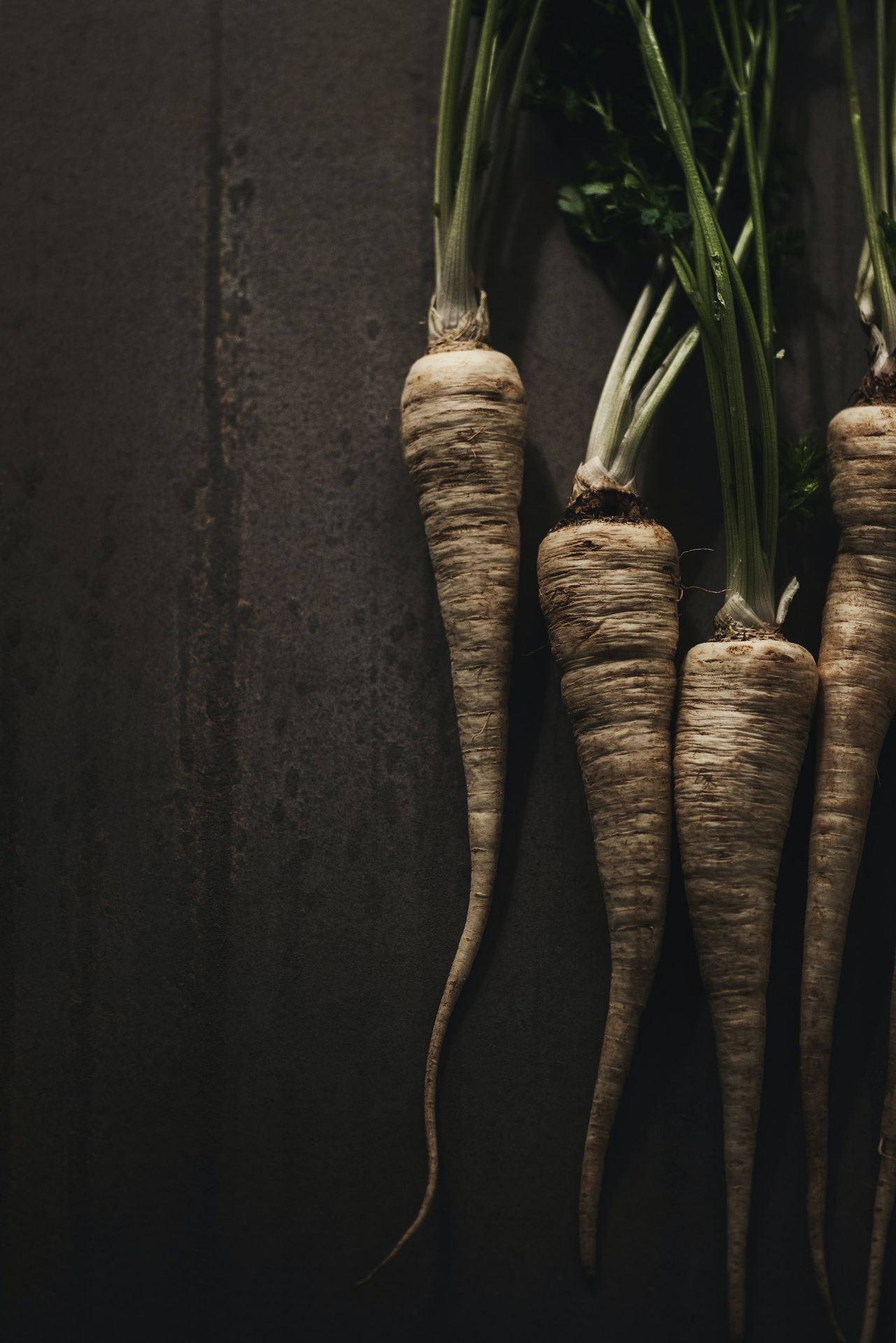
How do I care for parsnip plants?
1.Location:-
Parsnips are best grown outdoors in the ground, in raised beds or in a flat/above-ground garden.
2.Sunlight:-
Parsnips require full to partial sunlight to grow optimally. Avoid shady areas.
3.Soil:-
Parsnips prefer loamy, sandy, slightly acidic to neutral soft soils.
4.Hydration:-
Water young parsnips regularly until they are well established. Once established, you can water every two to three weeks, except in very dry conditions.

5.Nourshiment:-
Avoid water and fertilizer stress during growth. Once established, you won't need to feed your parsnips.
6.Issues:-
Parsnip roots can become stunted, twisted, or knotted. Also, if you try to pull it forcibly, the roots may split or split. This fungus causes white powdery spots on the top and bottom of leaves. These spots can eventually coalesce and cause browning of the leaves.
What are the benefits of the parsnip plant?
Contains 6.5 grams of fiber per cup, which is 26% of your daily fiber needs. Fiber supports digestive health and helps regulate blood sugar levels. Vitamin C: Supports immune function. Parsnips contain about 25% of your daily vitamin C needs. Contains active plant compounds with anti-inflammatory, antibacterial, and anticancer properties.
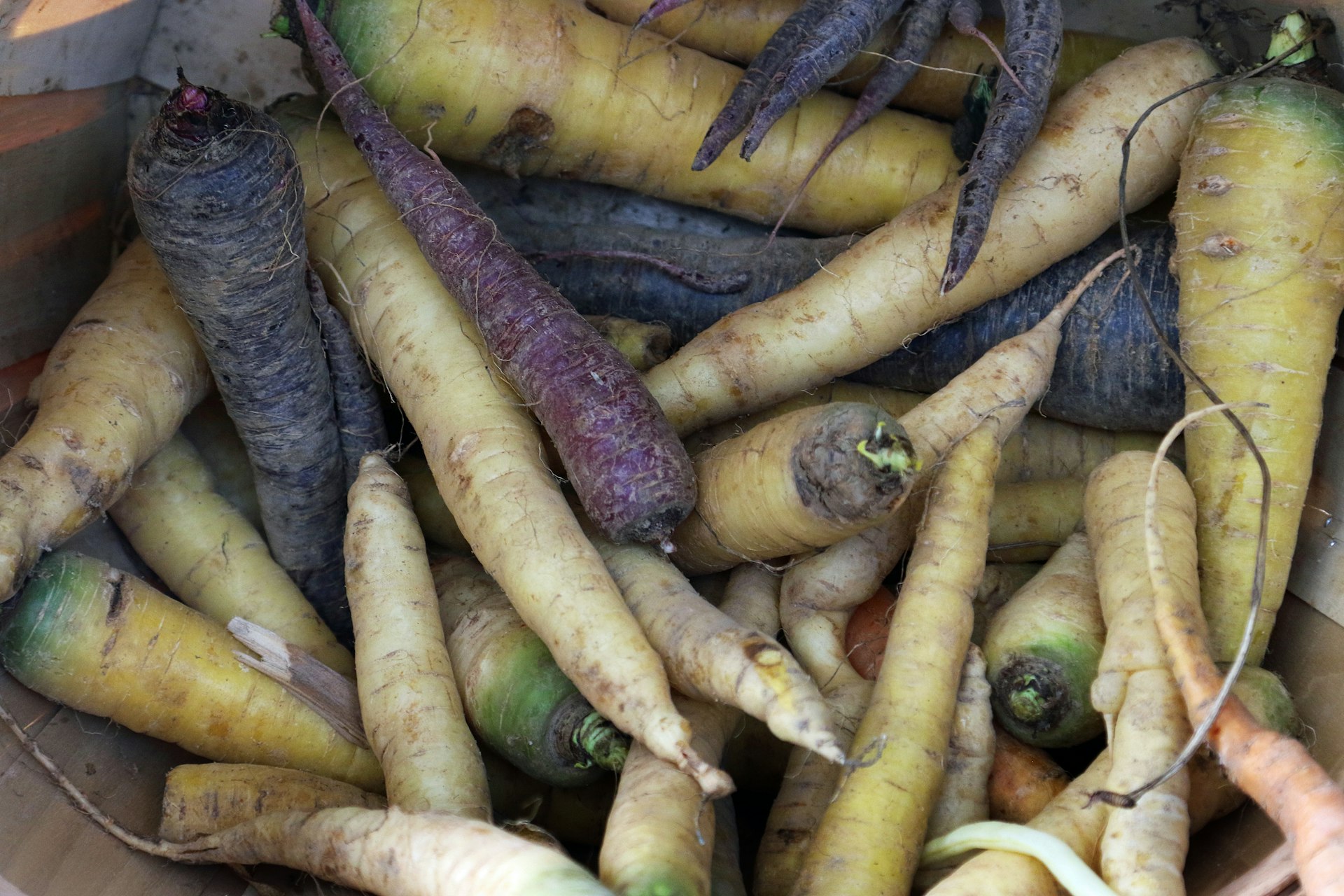
FAQ's About Growing Parsnip Plant?
1. When should I plant parsnips?
Parsnips are a cool season crop that can be planted in early spring and left in the ground throughout the summer. Harvesting is best done in the fall after several frosts.
2. How do I plant parsnips?
Parsnips should be planted directly from seed in the garden. Seeds germinate best in 10 to 21 days at warm soil temperatures of about 20°C.
3. How can I store parsnips long-term?
To maintain high relative humidity, place parsnips in a plastic bag or unwrap them in the crisper drawer of your refrigerator.
4. Do parsnips like hot weather?
They prefer cool climates and harvesting parsnips can take up to 180 days.
5. How fast do parsnips grow?
Parsnips are long-lived plants, taking at least 100 days to mature. .
